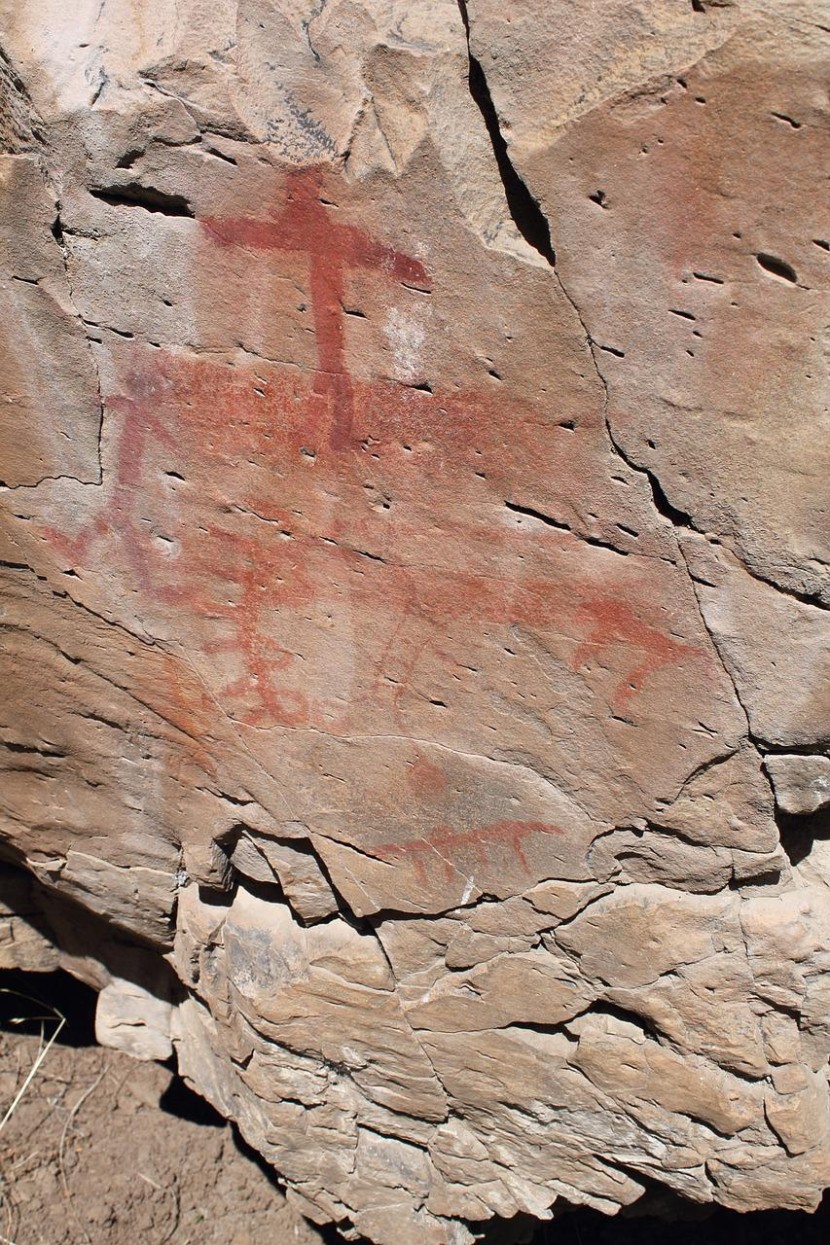
Finding a lost South American genome in that region of the world gives insight into the unknown prehistory. Uruguay is located in the middle of South America's eastern seaboard.
Its brief history is a jumble of European conflict molded by the colonialization of the Spanish, British, and Portuguese powers.
New Study on the Past of the Americas
The authors of the study are looking into the past of the Americas from several universities from South America, and the US have pooled together in this investigation of ancient genes, reported Science Alert.
Their study of the skeletons of two people that lived long before Christopher Columbus conducted his famous trans-Atlantic voyage disclosed unforeseen connections among populations all across the Americas.
Furthermore, the findings highlight into discussion theories that purport all indigenous peoples in South America derived from only a single migration, cited Funancial News.
Based on the remarks of John Lindo, Emory University anthropologist, stating it is a single unified idea of a single Native American race across North and South America, develops the idea of South America as a place with multi-regional differences.
All remains were unearthed during one 2,000-year archeological dig in Rocha, a coastal city in southeastern Uruguay. One among them, with two X chromosomes, is thought to be approximately 1,400 years old. The other's sex was harder to determine, but he did look around 650 years ago.
Despite the centuries between them, their genetics helped contribute to a larger story of a complex lineage that interconnected indigenous Uruguayans to a lost South American genome.
Read Also : New Study Suggests Ancient Pterosaurs Had Feathers That Change Colors at a Cellular Level
These genomes were found in ancient Panama, in a stretch of land that connects South America to the landmass to the north and eastern Brazil.
Suppose going to follow the genetic trail back through time, and this same finding might imply a route down from the north or even a later return migration from the south.
Lost South American Genome
Following the genetics trail backward through time, the findings could reflect a migration path down from the north or a later return migration from the south, noted Pechip.
Looking closely at the genes which aren't the same as modern-day Indigenous Amazonian populations. One observation is that a separate ancestry is the pattern of South American communities. Lindo added that it isn't the single migration that split the Andes foot, mentioned Escience Commons.
To resolve the debate once and for all, far more evidence from a much broader range of sources will be needed, and climate makes it more complicated.
In contrast to Europe, the damp, warm conditions across much of the continent quickly destroy any DNA nestled inside the bones of the dead. But DNA from people in the Americas can survive.
The loss and dispersion of indigenous communities resulting from genocide and slavery exacerbate the task of locating the human story leading up to the European invasion.
In 1831 in Uruguay, a local people called Charrúa was ended by the state. On the Salsipuedes Creek where many died and became slaves.
Lindo added the reconstruction of the genes of those before colonization can draw early genetic prehistory, mentioning PNAS Nexus.
By insight, this lost South American genome points to where everything began and how to chart the genealogy of those early inhabitants of the Americas.
Related Article : Genes of Ancient Farmers Found To Be Altered Between the Late Pleistocene and Early Holocene








